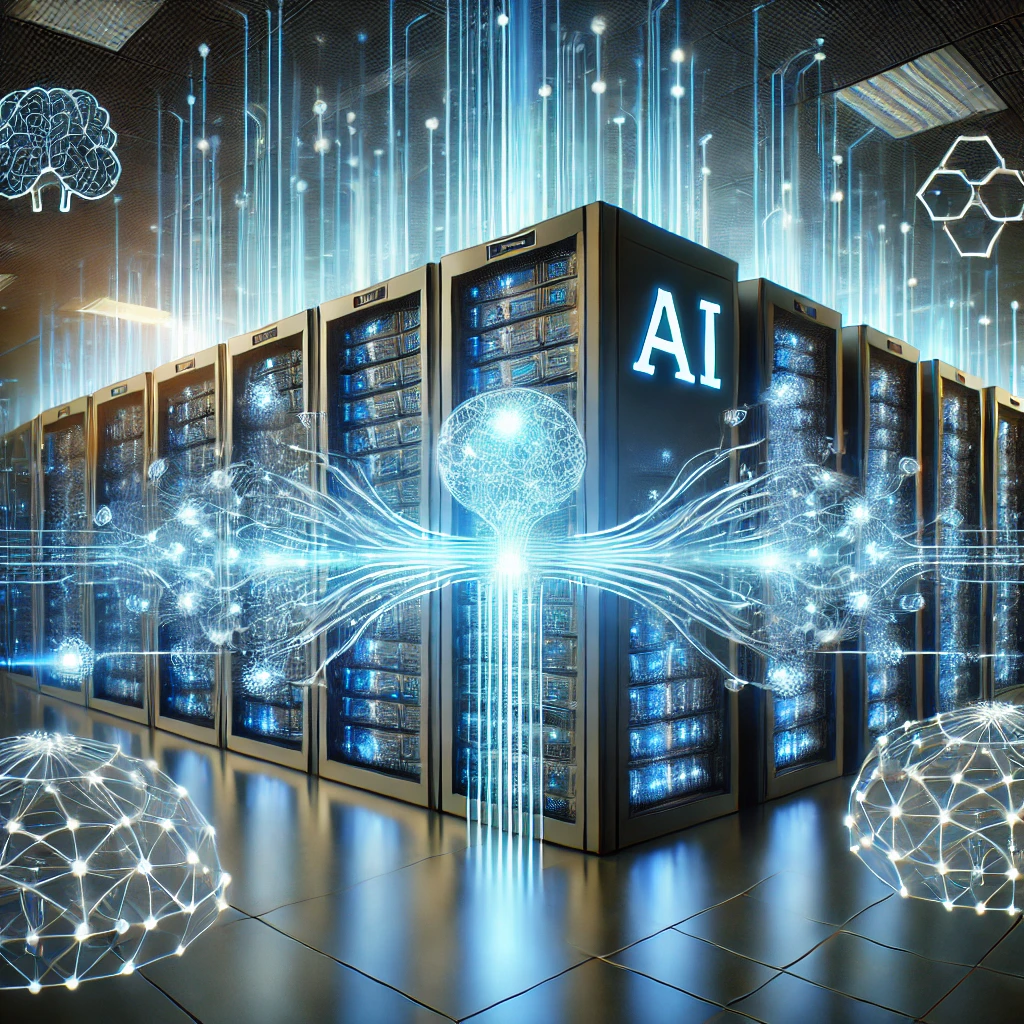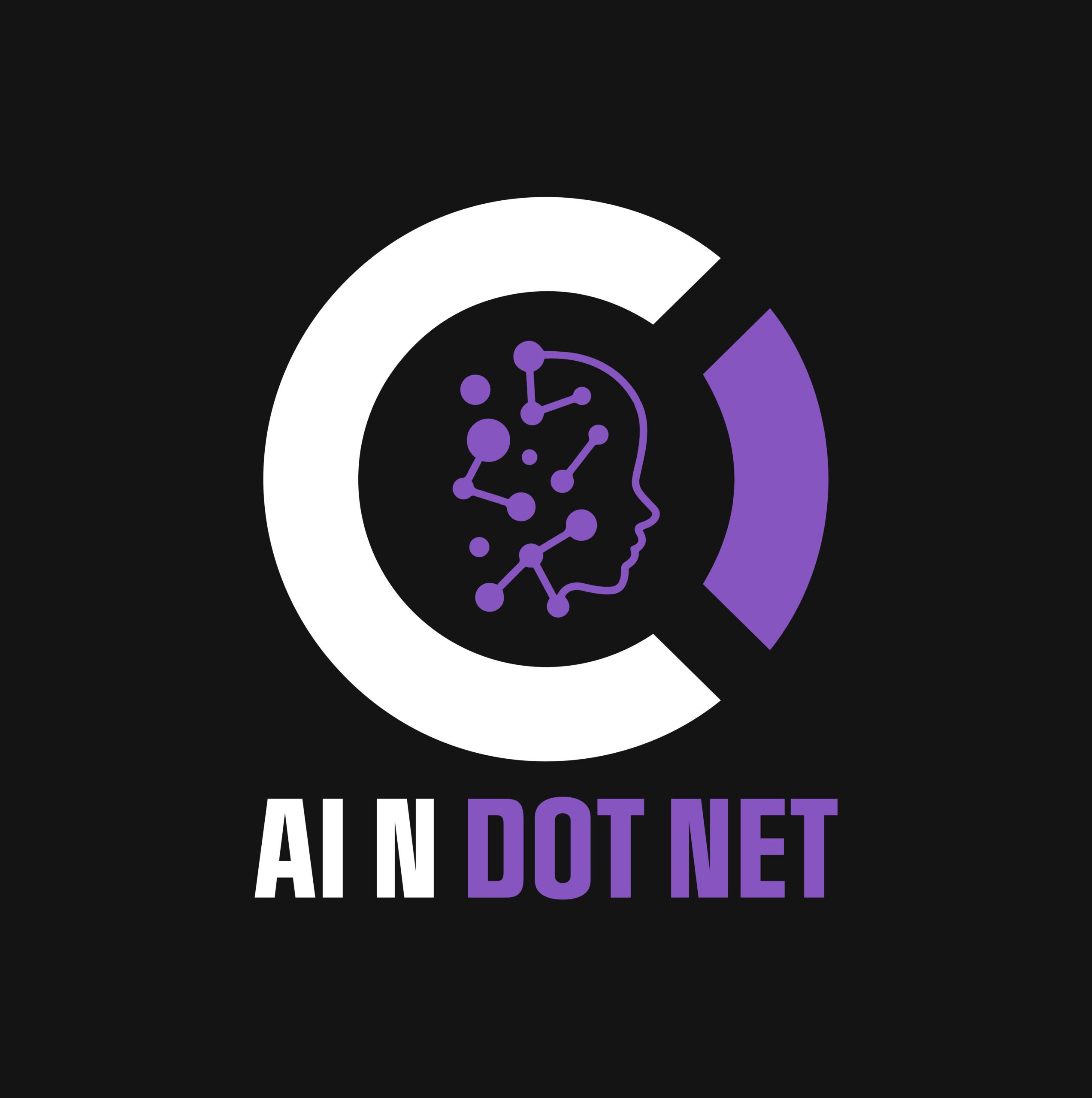Artificial Intelligence (AI) is transforming industries, but deploying AI efficiently without overspending or increasing complexity remains a challenge. While companies like NVIDIA advocate for AI factories—massive data centers designed exclusively for AI processing—most businesses don’t need such a heavy infrastructure investment. Instead, they can achieve significant AI-driven efficiencies while keeping costs, risks, and complexity manageable.
One of the best ways to do this is by leveraging .NET AI libraries to integrate AI capabilities into existing business applications. This approach reduces costs, minimizes risk, and simplifies implementation compared to building AI infrastructure from scratch.
This article explores alternative strategies for optimizing AI adoption in cost-effective, risk-reducing, and implementation-friendly ways, with a special focus on the advantages of using .NET for AI.
1. Leverage .NET AI Libraries for Faster, Lower-Risk AI Adoption
Building AI solutions in .NET can significantly cut costs and risks while speeding up deployment. Key .NET AI tools include:
✅ ML.NET – A machine learning framework that allows businesses to build AI models using C# without requiring deep ML expertise.
✅ ONNX Runtime – Enables optimized AI inference across platforms, reducing processing costs.
✅ Azure AI Services – Provides plug-and-play AI services like speech-to-text, language understanding, and vision APIs.
✅ Semantic Kernel – Simplifies AI workflows by enabling LLM-powered automation within .NET applications.
Why This Saves Time and Reduces Risk
- Pre-built libraries reduce development effort, allowing developers to integrate AI without needing to build models from scratch.
- Microsoft’s ecosystem ensures long-term stability and support, reducing reliance on third-party solutions.
- Seamless integration with existing .NET applications, eliminating compatibility issues.
- Security and compliance features in .NET ensure AI deployments meet enterprise standards.
By leveraging .NET libraries, businesses can run AI on standard servers, reducing the need for expensive AI-specific infrastructure.
2. Hybrid AI Processing: Balancing Local and Cloud AI
Efficient AI Workload Distribution

Instead of relying entirely on dedicated AI servers, a hybrid AI architecture blends on-premises computing with cloud-based AI services:
- Run core business logic and lightweight ML models in .NET applications on traditional servers (or even edge devices).
- Use AI APIs only for intensive tasks like NLP, vision processing, and generative AI.
- Batch process AI workloads overnight when cloud usage rates are lower.
Benefits:
✅ Reduces infrastructure costs by avoiding unnecessary AI hardware.
✅ Minimizes risk by avoiding vendor lock-in.
✅ Simplifies implementation by integrating AI services into existing .NET applications.
3. Model Optimization & Pruning
Improve Efficiency with Lighter AI Models
Instead of using large, general-purpose AI models, companies can optimize AI models to reduce costs:
- Fine-tune smaller models instead of relying on massive foundation models.
- Use quantization & pruning techniques to reduce model size without major accuracy loss.
- Deploy distilled models that provide similar functionality with less computational demand.
Benefits:
✅ Lowers hardware and cloud costs.
✅ Keeps AI workloads manageable on existing infrastructure.
✅ Makes AI deployment faster and more efficient.
4. Efficient AI Querying & Caching
Reduce AI Processing Redundancy
Many AI workloads are redundant or predictable. Instead of making expensive API calls for every request:
- Cache frequently used AI-generated responses (e.g., chatbot replies, common image recognition results).
- Use embeddings for similarity searches instead of reprocessing data.
- Run AI inference in batches rather than processing requests one by one.
Benefits:
✅ Reduces unnecessary API calls, cutting cloud expenses.
✅ Improves reliability by reducing dependence on cloud services.
✅ Eases implementation with simple caching layers.
5. Selective AI Deployment (ROI-First AI)
Prioritize High-Value AI Use Cases
Rather than deploying AI across all business processes:
- Identify high-ROI use cases first (e.g., automating manual data entry before tackling AI-driven decision-making).
- Start with AI augmentation (e.g., having humans verify AI outputs before automating full processes).
- Scale AI in iterative phases to reduce upfront costs and risk.
Benefits:
✅ Ensures AI is only deployed where it delivers value.
✅ Reduces financial and operational risks.
✅ Allows gradual, scalable implementation.
6. Edge AI for Local Processing
AI Without Cloud Dependency

For industries requiring real-time AI (e.g., manufacturing, IoT, security), processing AI at the edge instead of in the cloud can be cost-effective:
- Deploy NVIDIA Jetson, Intel OpenVINO, or Edge TPU for on-device AI processing.
- Process video, sensor data, or speech locally to avoid latency and cloud costs.
- AI in .NET applications can run on regular servers, on premise
Benefits:
✅ Eliminates ongoing cloud expenses for real-time AI.
✅ Improves reliability by enabling offline functionality.
✅ Simplifies implementation with modern edge AI frameworks.
7. AI Model Renting Instead of Owning
Reduce AI Infrastructure Costs
Rather than building or hosting custom models, some companies can rent AI models for specific workloads:
- Use AI inference marketplaces (e.g., Hugging Face Inference API, Replicate.com).
- Leverage MLaaS (Machine Learning as a Service) for temporary AI needs (e.g., AWS SageMaker, Azure Machine Learning).
Benefits:
✅ No need to train, host, or maintain AI models.
✅ Reduces AI implementation risks and costs.
✅ Instant access to state-of-the-art models via APIs.
8. Automated AI Monitoring & Cost Controls
Optimize AI Costs & Performance
- Set rate limits for AI API usage to prevent unexpected costs.
- Use auto-scaling for AI workloads to allocate GPU power only when needed.
- Monitor AI drift & performance to ensure AI models don’t require retraining too frequently.
Benefits:
✅ Prevents runaway AI expenses.
✅ Reduces AI performance issues over time.
✅ Cloud providers offer built-in AI monitoring tools.
Conclusion: The Smart Approach to AI Development
While AI factories are beneficial for tech giants like NVIDIA and OpenAI, most businesses don’t need that level of infrastructure investment. Instead, leveraging .NET AI libraries and existing infrastructure allows businesses to:
- ✅ Lower costs
- ✅ Reduce risks
- ✅ Implement AI faster
- ✅ Maintain flexibility
By integrating AI strategically into .NET applications, companies can achieve AI-powered efficiency without unnecessary costs or complexity.
Looking for an AI architecture strategy tailored to your business? Let’s map out a plan that integrates AI efficiently while keeping it cost-effective and practical!
Want to stay ahead in applied AI?
📑 Access Free AI Resources:
- Download our free AI whitepapers to explore cutting-edge AI applications in business.
- Check out our AI infographics for quick, digestible AI insights.
- 📖 Explore our books on AI and .NET to dive deeper into AI-driven development.
References
AI Factories Are Redefining Data Centers and Enabling the Next Era of AI
Disclaimer
We are fully aware that these images contain misspelled words and inaccuracies. This is intentional.
These images were generated using AI, and we’ve included them as a reminder to always verify AI-generated content. Generative AI tools—whether for images, text, or code—are powerful but not perfect. They often produce incorrect details, including factual errors, hallucinated information, and spelling mistakes.
Our goal is to demonstrate that AI is a tool, not a substitute for critical thinking. Whether you’re using AI for research, content creation, or business applications, it’s crucial to review, refine, and fact-check everything before accepting it as accurate.
Lesson: Always double-check AI-generated

